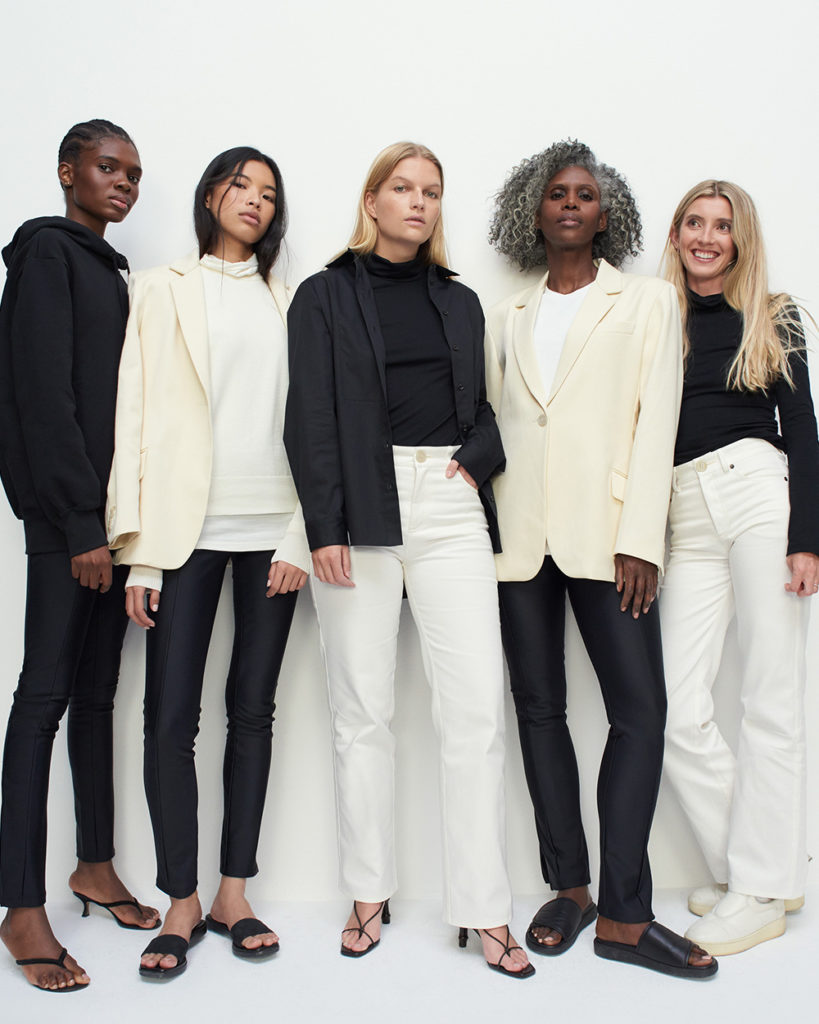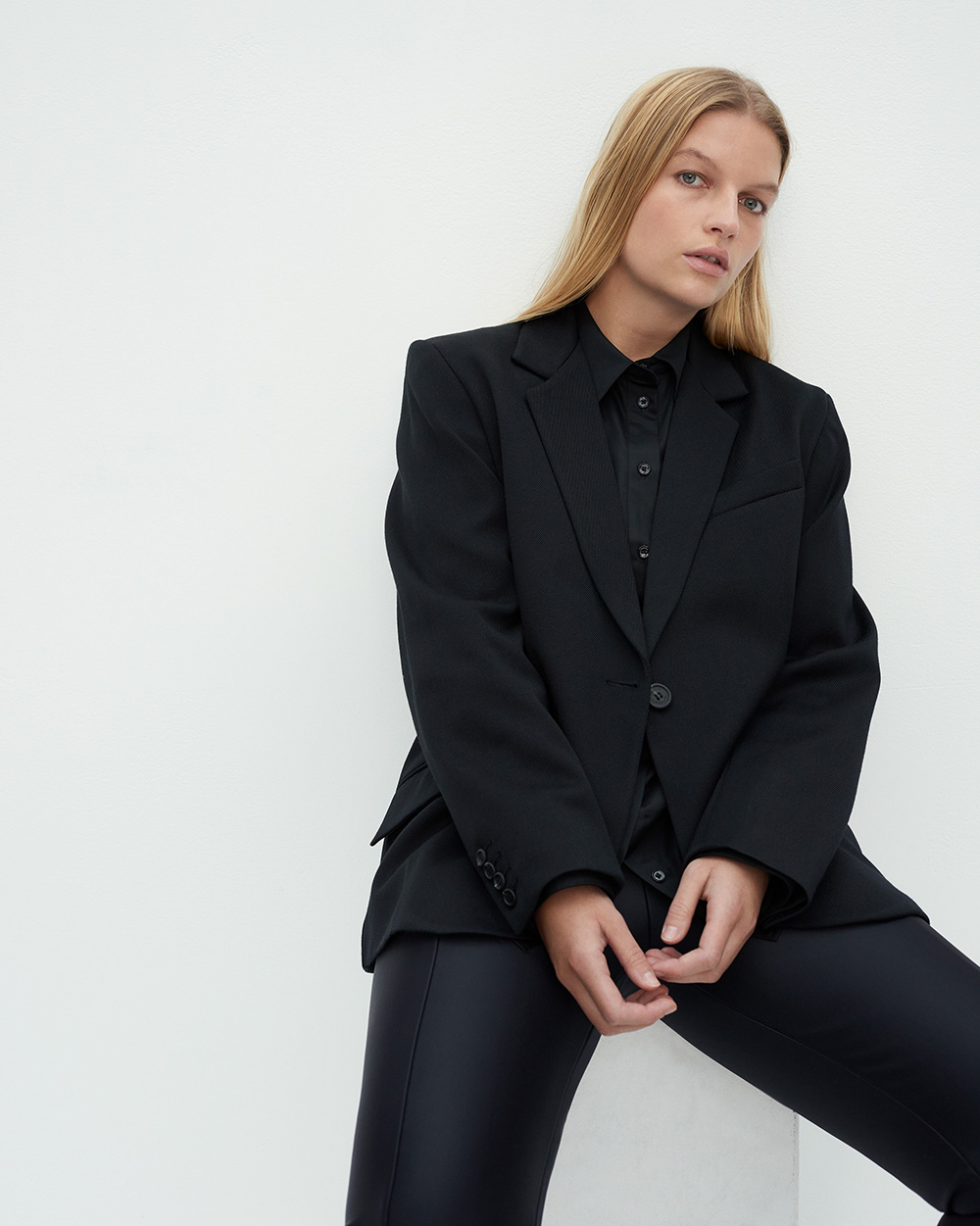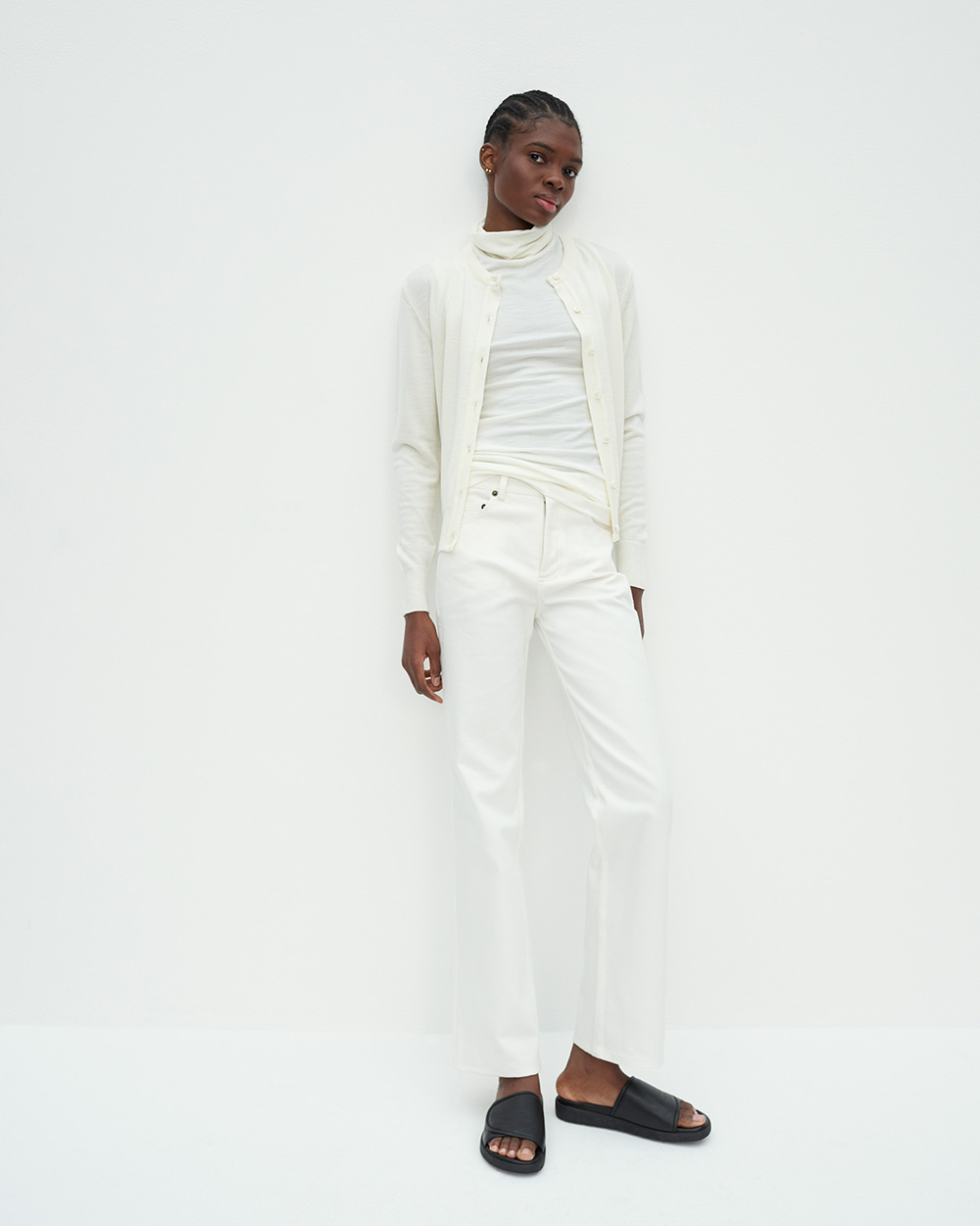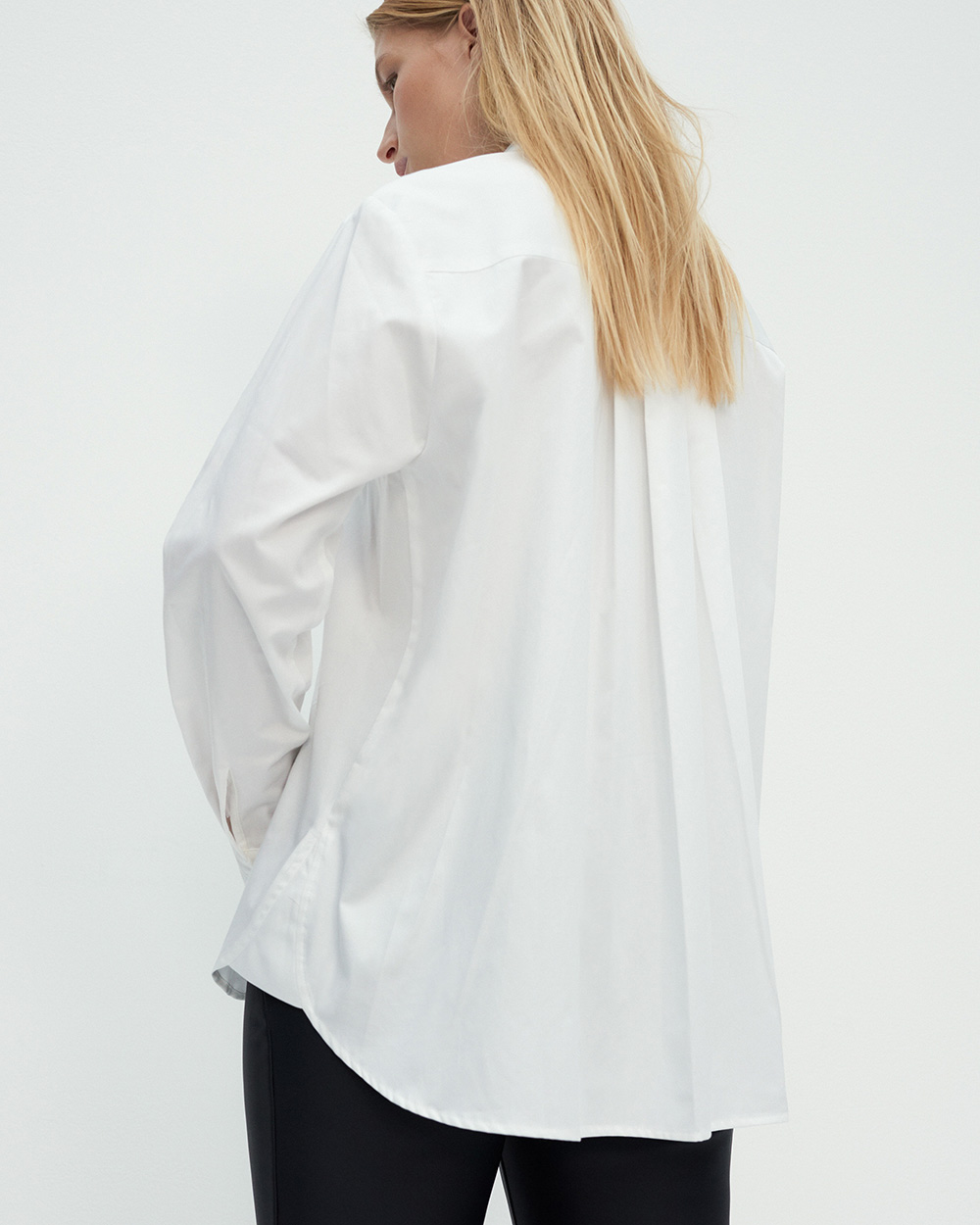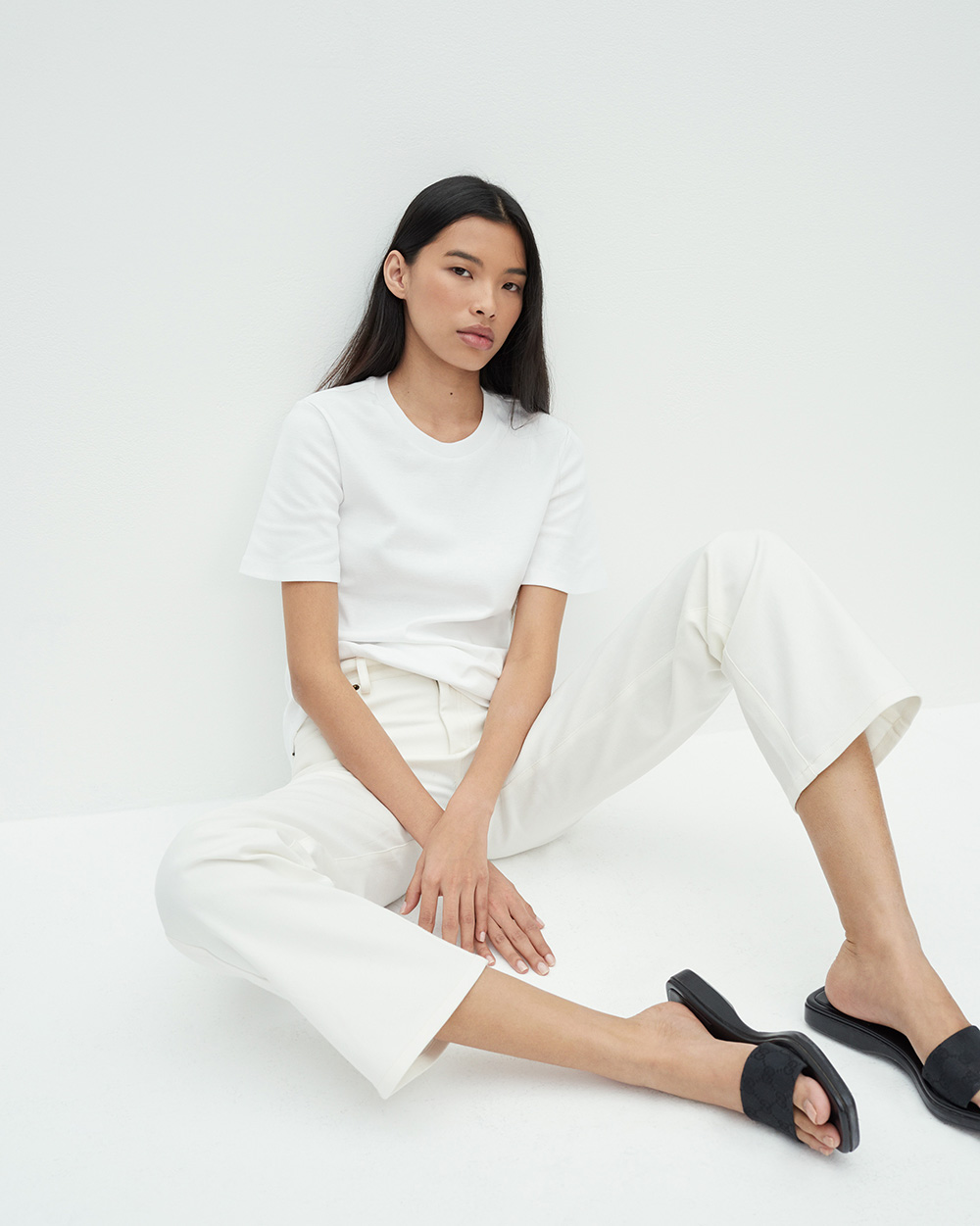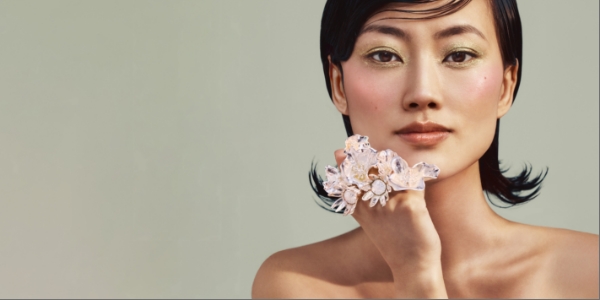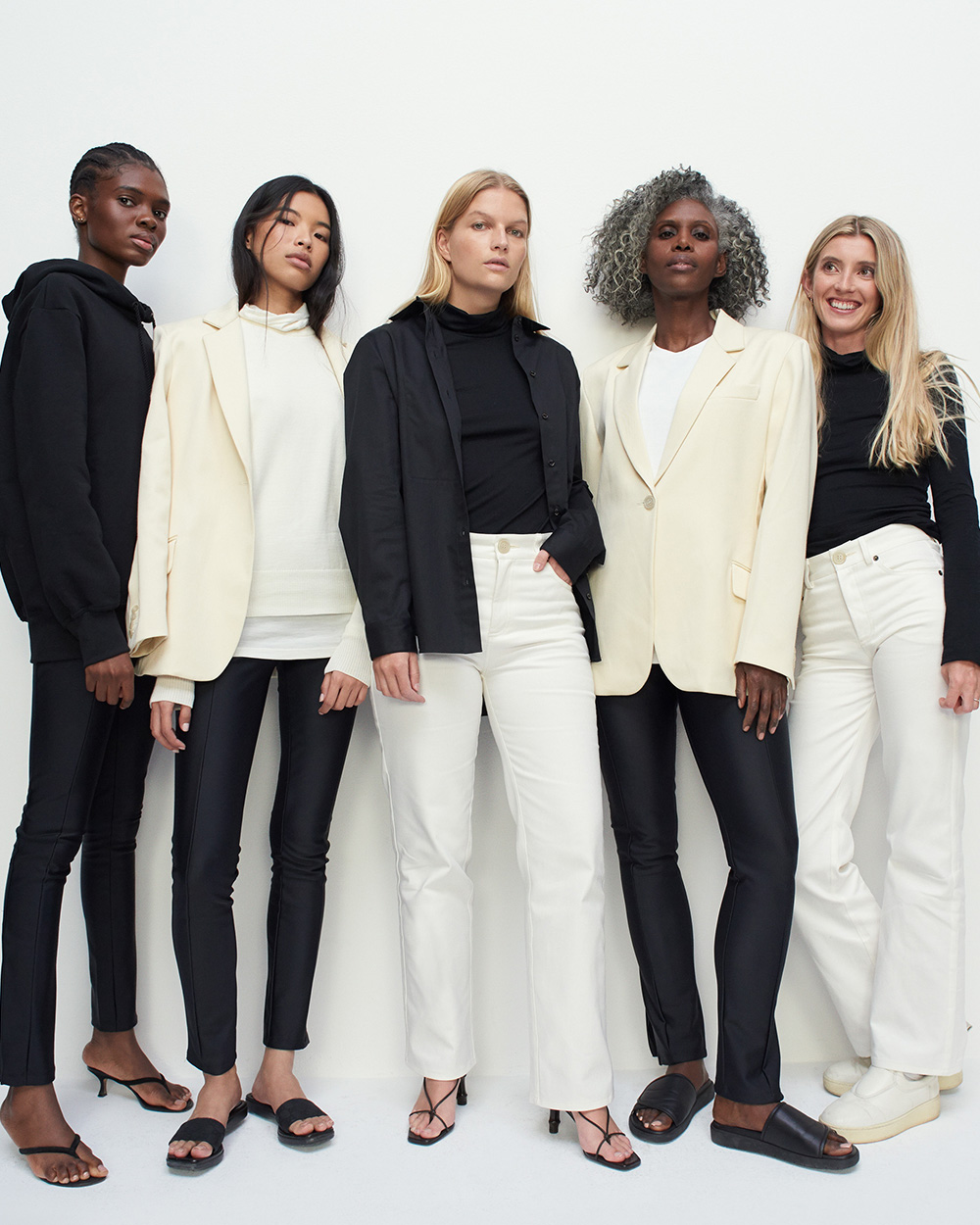
Designer Maggie Hewitt shares the story of her breakthrough traceable line of fashion basics, and what category she’s turning inside out next.
This week, Maggie Hewitt made global industry headlines for the launch of her agenda-setting fashion line, Somewhere. For a New Zealand designer to garner such attention for, at its core, a line of fashion basics is impressive – but Maggie has her sights on another marker of success.
Leading the charge for sustainably with her label Maggie Marilyn, she is going the extra mile with this first fully traceable and circular range of clothing. Over two years in the making, it’s a pioneering project with policies she hopes will soon migrate to her main line, enhancing the ecosystem of every garment through every tier in the supply chain.
While closing her production loop, Maggie has ensured her designs are practical in the first place, by focussing on versatile essentials. In a reserved palette of cream, white and black, there’s a noticeable absence of her love of colourful and statement pieces, as Maggie gravitates towards hard-working core wardrobe pieces.
An important element is the range’s relative affordability as Maggie hopes to include more shoppers in her sustainable, made in New Zealand movement. Perfectly proportioned, a just-what-you-need organic cotton t-shirt sells for $95, and a merino wool and organic cotton blend blazer for $650.
We couldn’t imagine wanting to move on one of these limited-run pieces from our wardrobe, but if the time comes, each garment (numbered in production runs for provenance) can be shipped back to Maggie Marilyn HQ and remanufactured into new garments with a takeback scheme launching in 2021.
While Maggie is a champion for positive change, she is not naïve to the imperfections her own company must overcome. Yet she feels passionately the Somewhere business model is a solution to ensuring a truly sustainable fashion industry.
We asked Maggie more about her journey, and the next product line to get the Somewhere treatment:
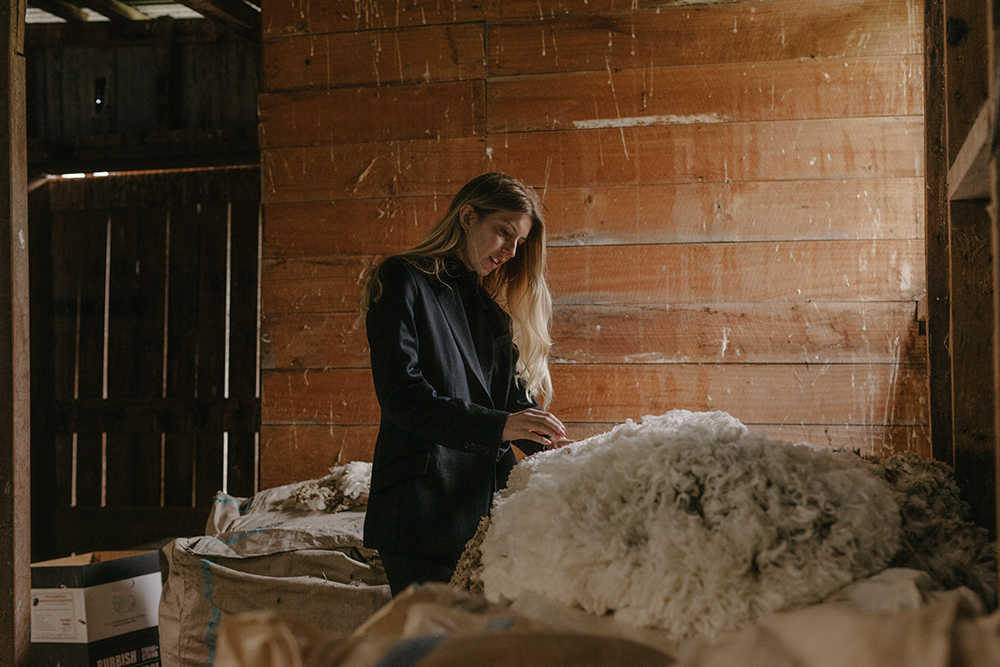
Why is supply chain traceability so important to you?
Key to our mission at MM is caring for and respecting all people in our supply chain. In order to do this, it is important that we know who is involved in each tier meaning supply chain traceability is essential.
What was it like visiting your Otago merino farm and working so closely with your suppliers?
It was the most incredible trip, I think you really have to visit each tier of the supply chain to understand the challenges in order to then work together on improving all of their processes from an environmental and social perspective. But going to visit Homebrook and meeting Graham who owns the farm was such a unique experience. I guess it made me feel really proud to be a kiwi. And so proud to hero his beautiful wool to the world.
Do you think you will ever be able to source traceable organic cotton and regenerated nylon in New Zealand?
We would love this to be the case! At the moment there isn’t any organic cotton grown in New Zealand as we don’t have the climate. With regenerated nylon, New Zealand doesn’t currently have any of the technology needed to do this, however hopefully this changes in the future.
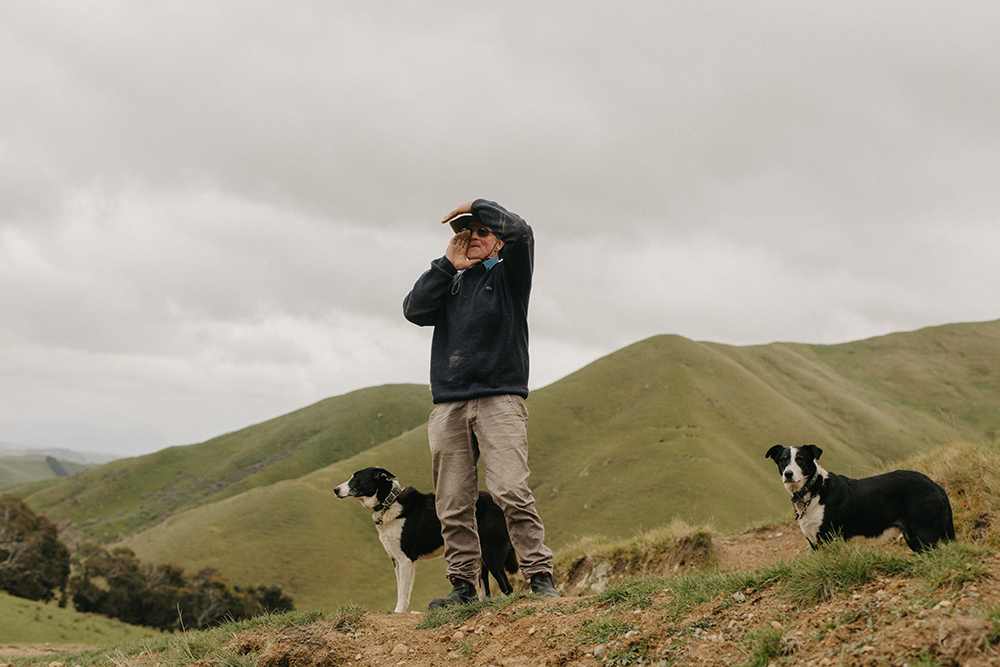
Why do you think New Zealanders are in a good position to show the world how sustainable fashion can be done?
I think New Zealanders have a deep connection to the land and feel a responsibility to protect our environment for generations to come. This passion to protect our environment, to make a difference and find a solution, means we are in a key position to champion sustainable fashion as a means of making a difference.
Why do you think this sense of physical space is important as the world becomes more connected globally?
As the world moves faster and faster, I think it’s more important than ever to have a sense of grounding in your life. Whether this is a family home or a spot in nature, everyone has that place where they feel truly at home.
This line is a bold new look for you, why was it important for this project to look different from your main collections?
I wanted these to be core pieces that our customer can pair back with the main line, they are made to be worn together. I have designed dresses to make me dream but I craved those core pieces that made me feel at home.
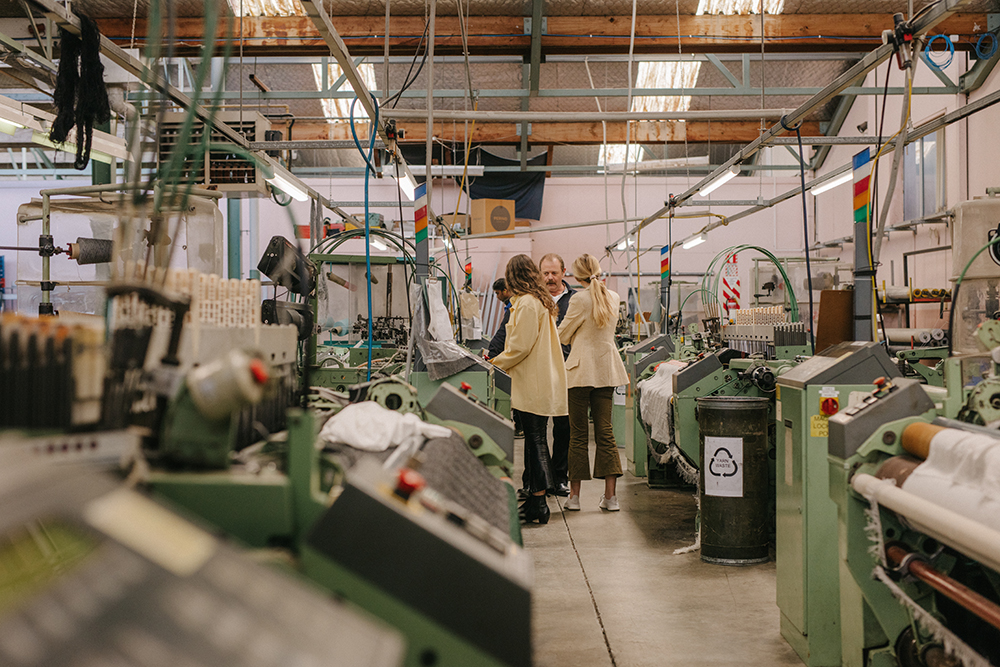
What is the reason for making this line your more affordable offering?
I believe that sustainability should be accessible to everyone. With our main line, there are many reasons why we aren’t able to make it more affordable, so we needed a solution. This line, Somewhere, was born to solve this problem.
How is your brand helping change consumer perceptions on needing to buy new all the time?
We are not naive to the fact that the most sustainable clothing is the clothing that already exists. However, when people do want to buy something new, they should have the best option possible that has the most minimal effect on people and our environment. We encourage our customers to buy mindfully, with the intention to keep what they buy forever.
On our website, we have a section on how to care for your clothes so that people can educate themselves on how to make their clothing last forever. We also offer mending service for all MM garments. Our Somewhere line has also been designed to be fully recyclable, through our collection programme launching next year.
We hope that people will keep their Somewhere forever however we needed to ensure there if they didn’t, there was a programme in place to make sure their clothing stayed within a closed-loop system, circular system.
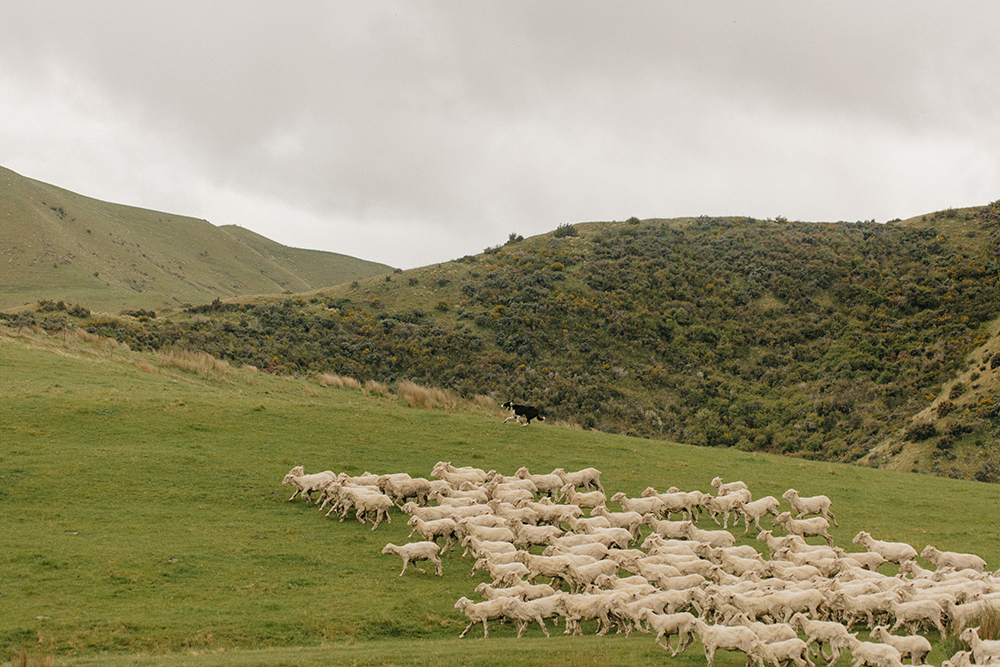
What are your future hopes for this line?
I want to let this line develop naturally and organically. This line is truly for our customer so we will be listening to their feedback and what they want going forward. I am excited for the many avenues we can explore through Somewhere’s affordable, traceable and circular offering. Next up will be a resort/swim offering, so keep your eyes peeled for next year!
Scroll down to see the Fashion Quarterly‘s pick of the key styles from the first Somewhere drop, and where they originate from.


